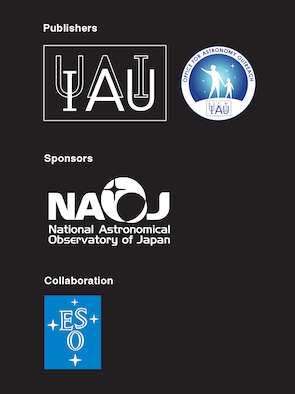
Download this article
- PDF (143 KB)
Back to the Table of Contents
|
Explained in 60 Seconds (page 04)
A collaboration with Symmetry magazine, a Fermilab/SLAC publication
What is elementary particle physics?
Physics has demonstrated that the everyday
phenomena we experience are
governed by universal principles applying
at time and distance scales far beyond normal
human experience. Elementary particle
physics is one avenue of scientific enquiry
into these principles. What rules govern
energy, matter, space, and time at the most
elementary levels? How are phenomena at
the smallest and largest scales of time and
distance connected?
To address these questions, particle physicists
seek to isolate, create and identify elementary interactions of the most basic
constituents of the Universe. One approach
is to create a beam of elementary particles
in an accelerator and to study the behaviour
of those particles — for instance, when
they impinge upon a piece of material or
when they collide with another beam of
particles. Other experiments exploit naturally occurring articles, including those
created in the Sun or resulting from cosmic
rays striking the Earth’s atmosphere. Some
experiments involve studying ordinary
materials in large quantities to discern rare
phenomena or search for as-yet-unseen
phenomena. All of these experiments rely
on sophisticated detectors that employ a
range of advanced technologies to measure
and record particle properties.
Particle physicists also use results from
ground- and space-based telescopes to
study the elementary particles and the
forces that govern their interactions. This
latter category of experiments highlights the
increasing importance of the intersection
of
particle physics, astronomy, astrophysics,
and cosmology.
|

